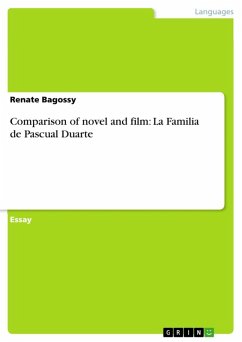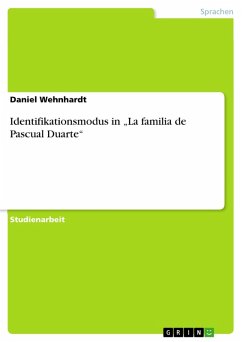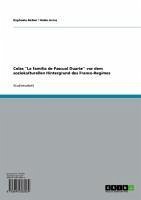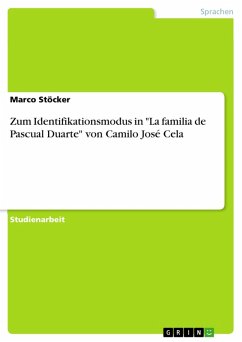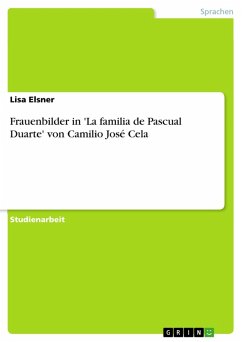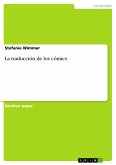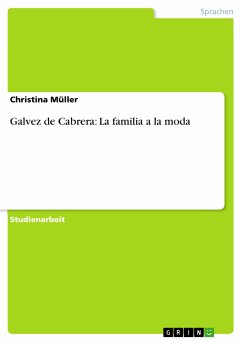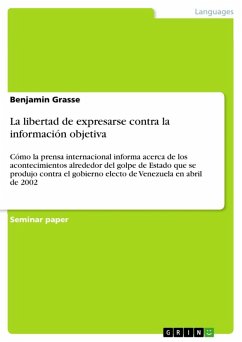Essay from the year 2002 in the subject Romance Languages - Spanish Studies, grade: 1,8 (A-), University College Cork (Spanish), course: HS 2057 Cinema & Identity in Spain & Latin America, language: English, abstract: The film version of the novel La Familia de Pascual Duarte by Camilo José Cela is written and directed by Ricardo Franco Rubio and was first screened in 1975. Without any background knowledge the film seems hard to follow, boring and depressing, but by watching it with background knowledge, just as Spanish history, Spanish cinema history, the novel itself or by watching the film for the second time one can realise, that it is a very demanding film full of symbols, of small important details which all have a second meaning, a hidden meaning. Turning a novel into a film is a very complex task, one cannot just take the book and, without changing anything, trying to make a film out of it. There are huge differences between reading a book and watching the same thing on screen: "the analysis of a literary text reveals the manner in which linguistic and literary tools such as graphemes, syntax, tropes, shadings, and narrative strategies create a story and its characters. The cinematic rendering of that verbal fiction is accomplished by means of cinematic tools such as mise-en-scéne, photography and camera work, editing, sound, narrative strategies, and choice of actors."1 So there must be some changes, because some details of books that are good to read, are not necessarily good to watch! It is difficult to say, when is a film version of a novel "good" or "bad", because the filmmakers work with other instruments, in a "good" film version we do not see exactly the same, that we imagined while reading the book. By comparing the novel to the film there are similarities and differences, in the film there are characters and scenes left out but also things added, which do not appear in the book. "Novel and film share several basic structural elements. 1) Both focus on the text's central character, Pascual Duarte, an agricultural labourer living with his family in an isolated, unnamed village in Extremadura, Spain. The time frame is principally the first three decades of the twentieth century. 2) Both texts present a case of individual violence that, while enacted within a circumscribed social sphere, resonates with meaning on a national level. 3) Both texts, hindered by the censorship of the Franco years, mask the significance of the social and historical context for criminal behaviour. 4) Both texts actively engage the receptor in the task of providing a motive for the extremely violent behaviour exhibited by the protagonist."2
Dieser Download kann aus rechtlichen Gründen nur mit Rechnungsadresse in A, B, BG, CY, CZ, D, DK, EW, E, FIN, F, GR, HR, H, IRL, I, LT, L, LR, M, NL, PL, P, R, S, SLO, SK ausgeliefert werden.

